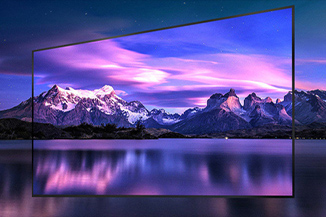Publisher: Supplier of LED Display Time: 2016-11-14 Views: 3321
In recent years, LED display has been widely emphasized and rapid development, with its own advantages are inseparable.LED development prospects are extremely broad, at present, LED is toward higher brightness, higher weather resistance, higher luminous density, higher luminous uniformity, the direction of development. But for the user, the size model is still relatively concerned, in addition to the need to consider the installation environment, price, etc.. So here is some knowledge of the display.
1, the classification of the display
LED display according to the use of the environment is divided into indoor LED display, semi-outdoor LED display, outdoor LED display
First of all, common outdoor LED display models include: P8, P10, P12, P16, P20, P25, P31.25 and so on.
Indoor screen area is generally less than 1 square meter to more than ten square meters, high point density, in non-direct sunlight or lighting environment, viewing distance in a few meters away, the screen body does not have the ability to seal waterproof.
Semi-outdoor screen between the two outdoor and indoor, with a high luminous brightness, can be used in non-direct sunlight outdoor, the screen body has a certain degree of sealing, generally under the eaves or in the window.
2, synchronous control card and asynchronous control card
Synchronous mode refers to the LED display working mode is basically equivalent to the computer monitor, it is at least 30 fields / second update rate point to point corresponding to the real-time mapping of the image on the computer monitor, usually with a multi-grayscale color display capabilities, can achieve multimedia advertising effects.

Asynchronous mode means that the LED screen has the ability of storage and automatic playback. The text and grayscale-free images edited on the PC are transmitted to the LED screen through the serial port or other network interfaces, and then automatically played by the LED screen offline, which is generally not capable of displaying multi-grayscale information and is mainly used for displaying textual information, and can be networked with multiple screens.
3、Display installation method
Embedded: add steel structure on the wall, and then embedded in the steel structure as a support for outdoor full-color LED display, the main place of installation is the external wall of the building.
Hanging type: mainly the use of well-designed steel structure, the outdoor LED screen screen body hanging on the structure. Generally will be used in the stage, outdoor no wall support, in the case of temporary use of outdoor LED display, hanging method has obvious advantages.
Steps: mainly in the steps of the façade installation of two-color LED display or full-color screen, high-density LED screen, etc., the observation distance is generally 3 meters away will have better results.
Column type: due to the surrounding no wall or available support points, column type installation mode on the steel structure of the higher requirements, is the most common installation mode. For example, most of the outdoor advertising screens next to the highway use this method.
Wall-mounted: generally in the wall to do a stress point, the outdoor LED full-color screen hung on the wall, using the wall as a fixed support.